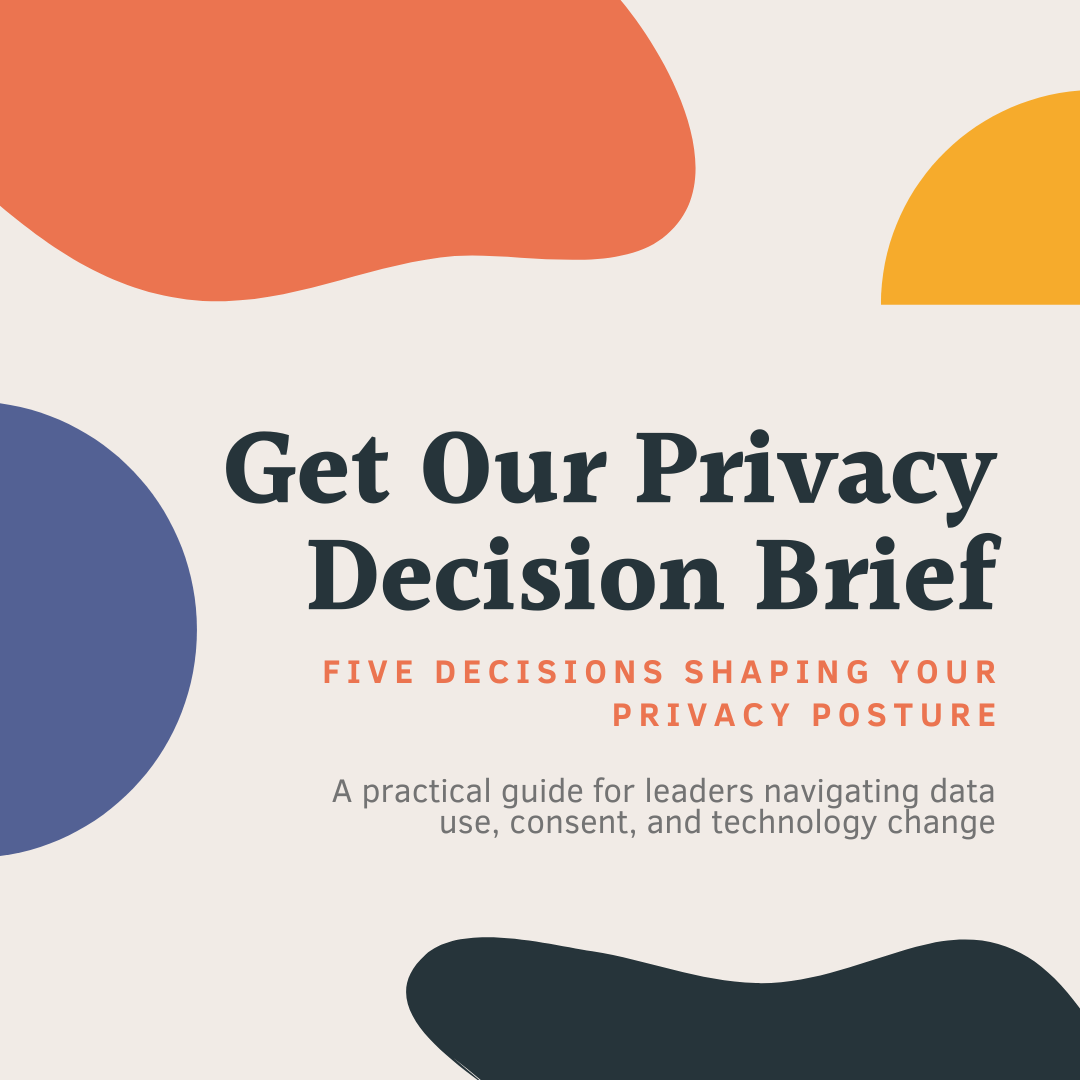Do These Things Instead of Worrying about Attribution
Dec 08, 2022Unpopular opinion: The best attribution model is whichever one you can stick with year-over-year. And right now, last-touch may not be the worst option.
Over the past decade-plus, we’ve understandably spent countless staff hours and resources building channel-credit models that attempt to account for every touchpoint in the audience consideration and conversion set.
And that makes sense. We’ve had the tools at our disposal to help us understand all of those lead-up touchpoints that make up a person’s decision to spend money. While never perfect, those multi-touch models taught us much about the relationship between how people are influenced between online and offline marketing efforts. Win.
But the game is changing. Audience demand for privacy is resulting in the elimination of third-party cookies, which are the mechanism that allow for audience retargeting and deep understanding of a person’s behaviors. In addition to cookie deprecation, individuals can take more action than ever before by requesting to be forgotten* and opting out of activity trackers on all of their devices.
Google has proposed a few solutions to the dilemma they’re facing – which is that they’re behind their competitors, Apple and Firefox, in addressing audience privacy concerns, thus the push to deprecate third-party cookies via Chrome. They’re releasing ideas like Topics, which will result in individuals being tagged with up to three topics of interest via Chrome for a period of 21 days. However, this fix could easily result in audiences being mischaracterized and, further, we’ll have to start from scratch in understanding their interests and subsequently targeting them at the end of each period.
Because of these changes, we’re going to lose the ability to holistically look back at a person’s activities leading up to conversion. While our models were certainly never foolproof before, they’ll be even more prone to error and statistical insignificance.
The one thing we can guarantee we’ll know a year from now is the last-touch source of a person’s conversion – a.k.a. The landing page on which they converted.
My advice? Start operating as if all you had to evaluate the success of your digital channels today was that last-touch information.
Through this lens:
- Adjust the gaps in your processes – how are forms being built and by whom? Is your source code structure sound and replicable? What does staff training structure and frequency look like?
- Take a close look at how you’d make investment decisions if this was all of the information you had at your disposal. Where are there adjustments to be made in the speed of your decision making, or who needs a seat at the table in conversation? How can you better bridge internal conversation between online and offline channel strategists to foster decisions that are good for bottom line above all else? Seek to resolve internal conflict now.
Right now, the focus can and should be on evaluation of process rather than credit so that operational groundwork is laid for when change will no longer by a choice.
P.S. Need to talk out all of this change? I'm available for one-off consults. Let's chat.
*Five state laws going into effect this year will allow users to request that information businesses have stored about them be deleted.
